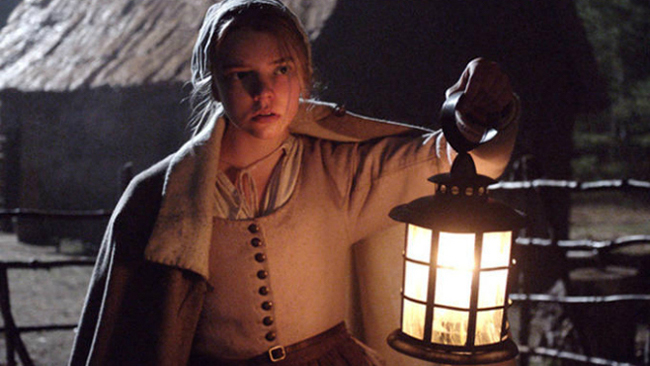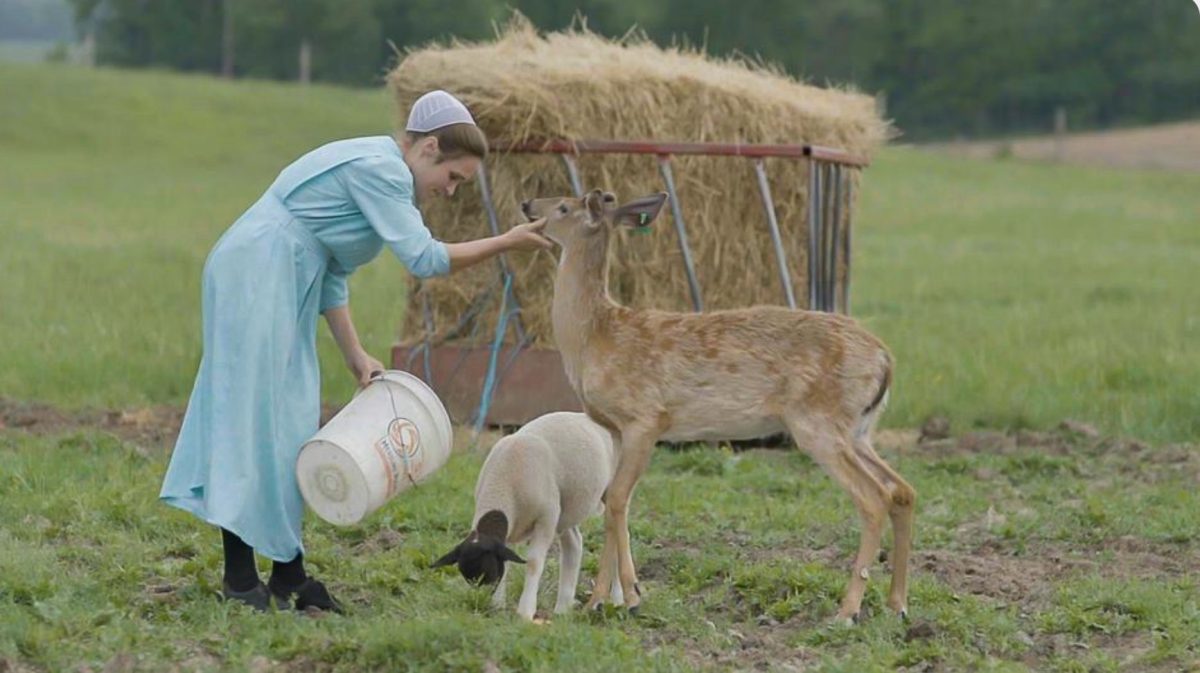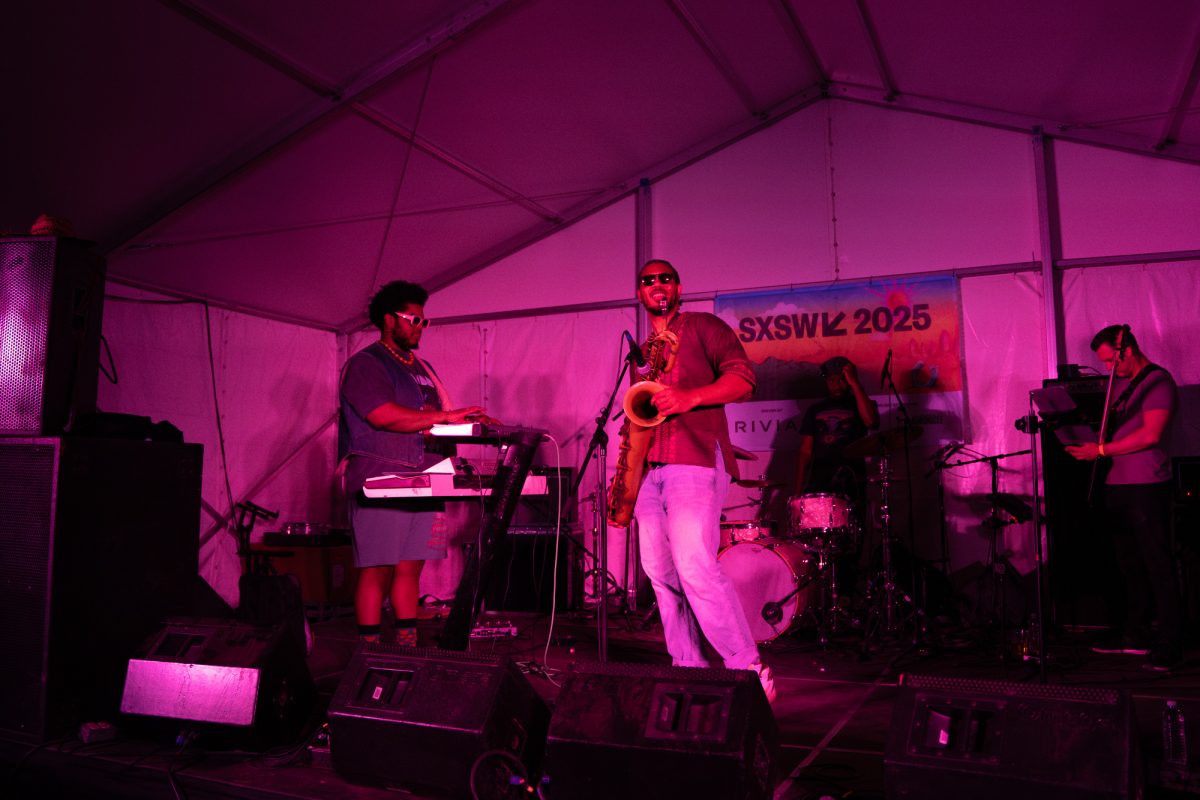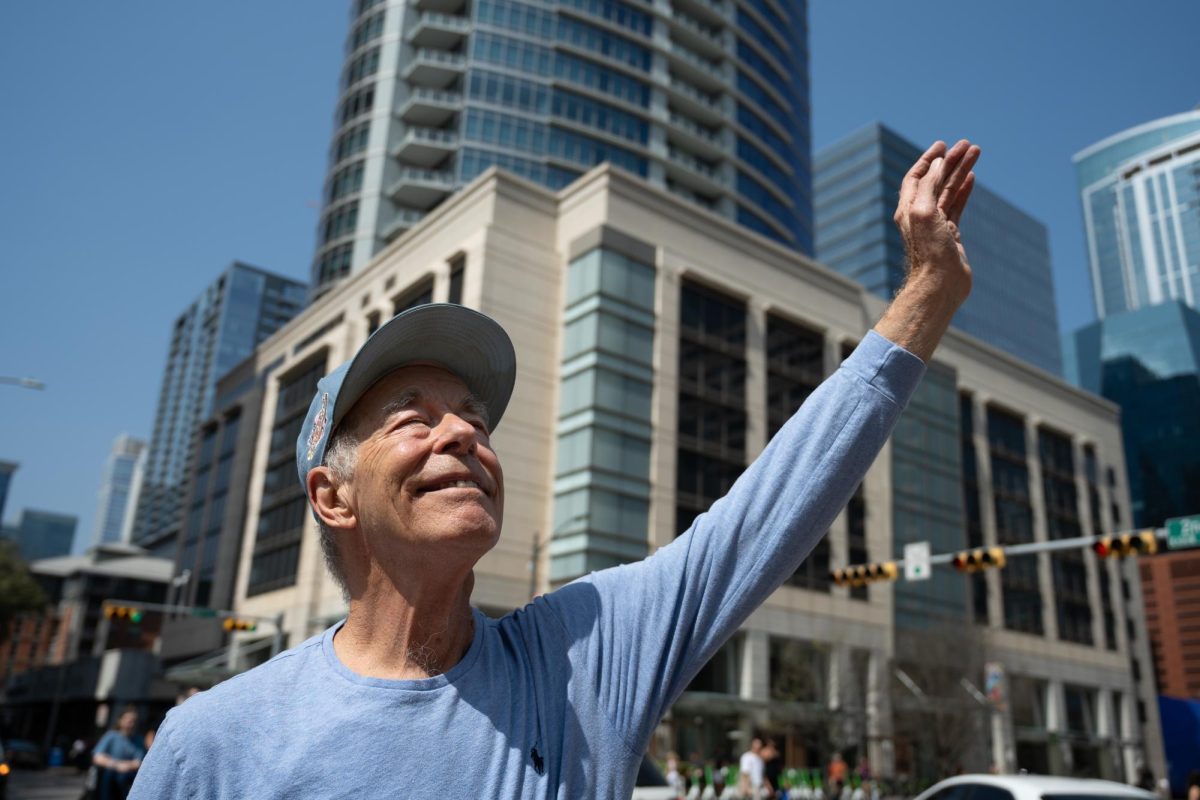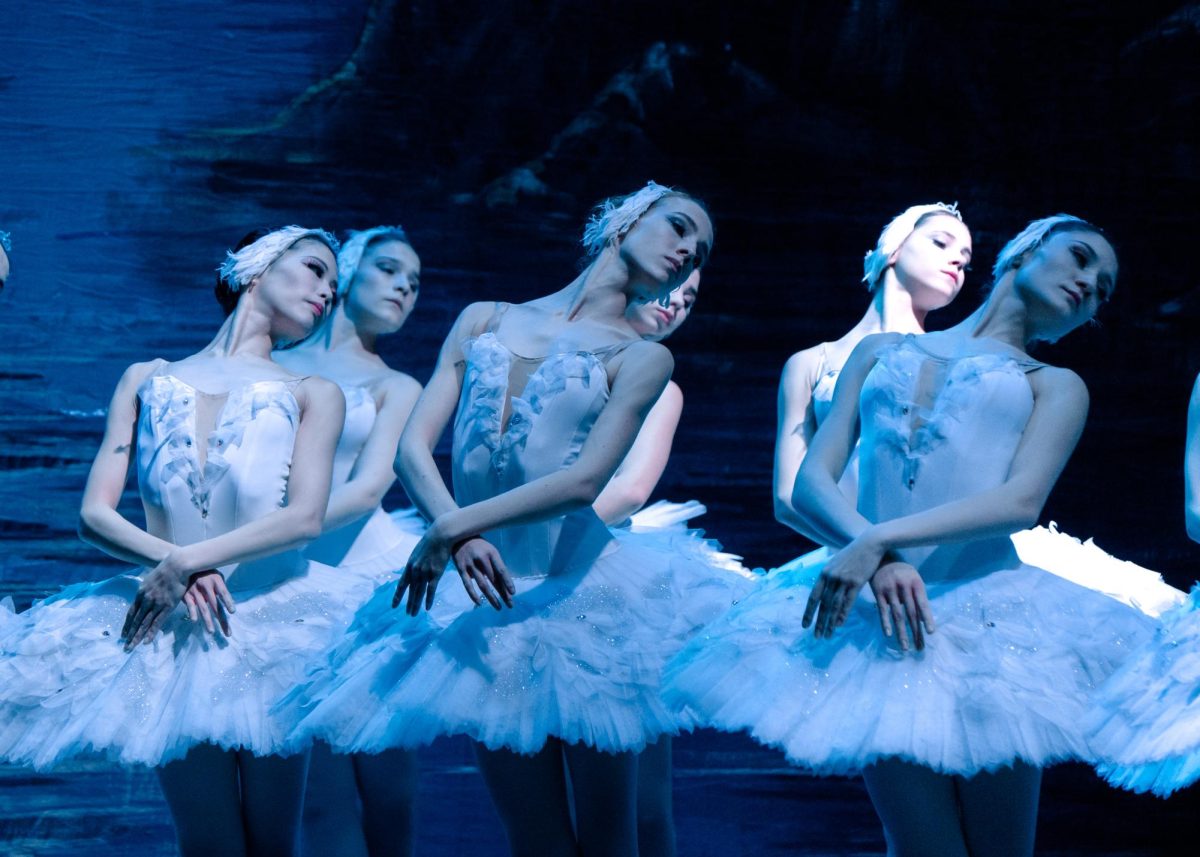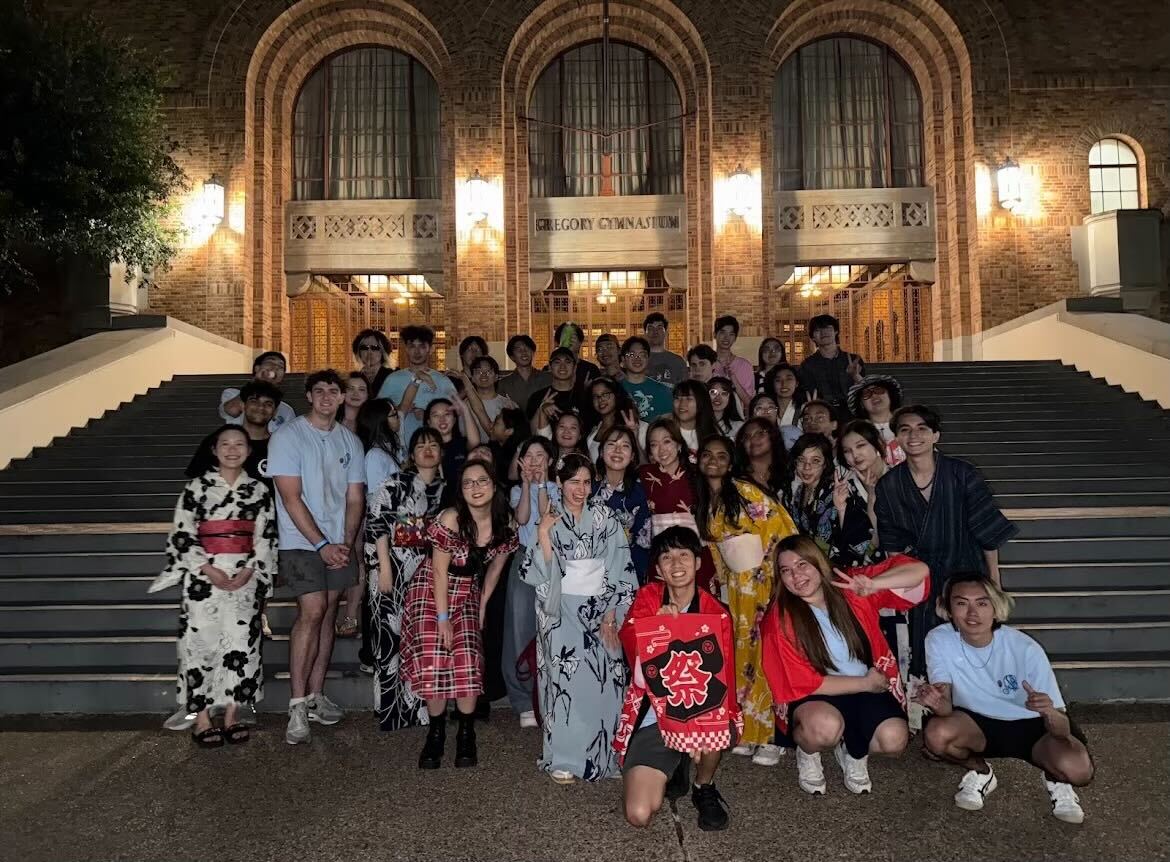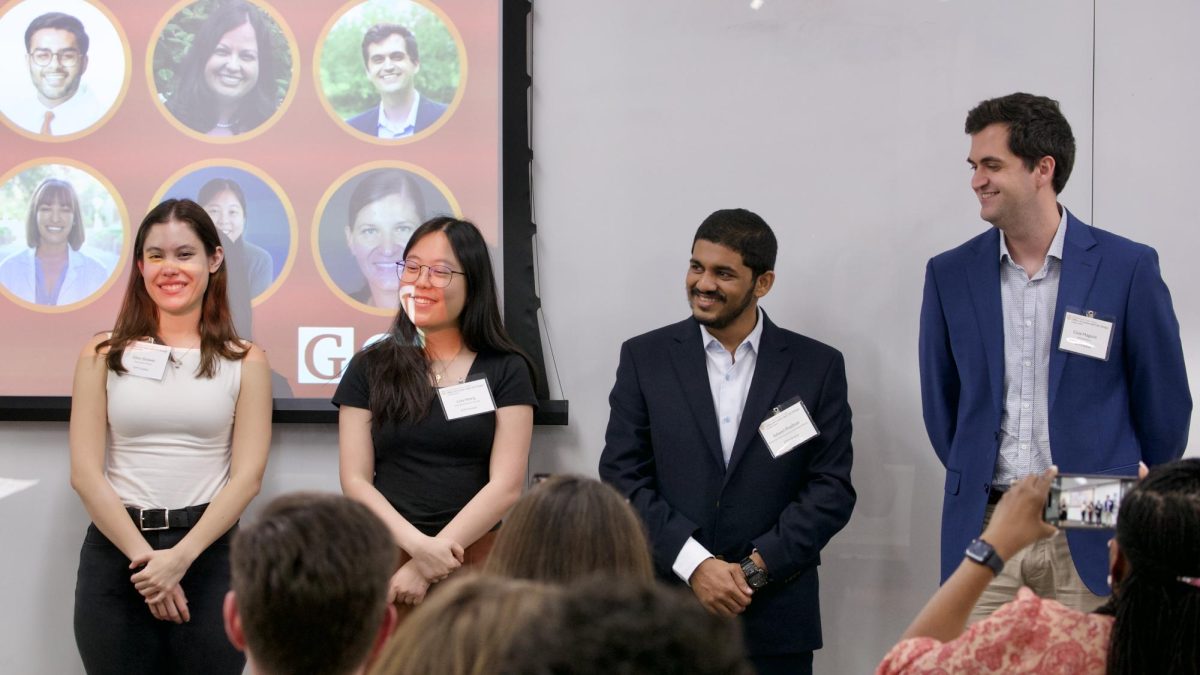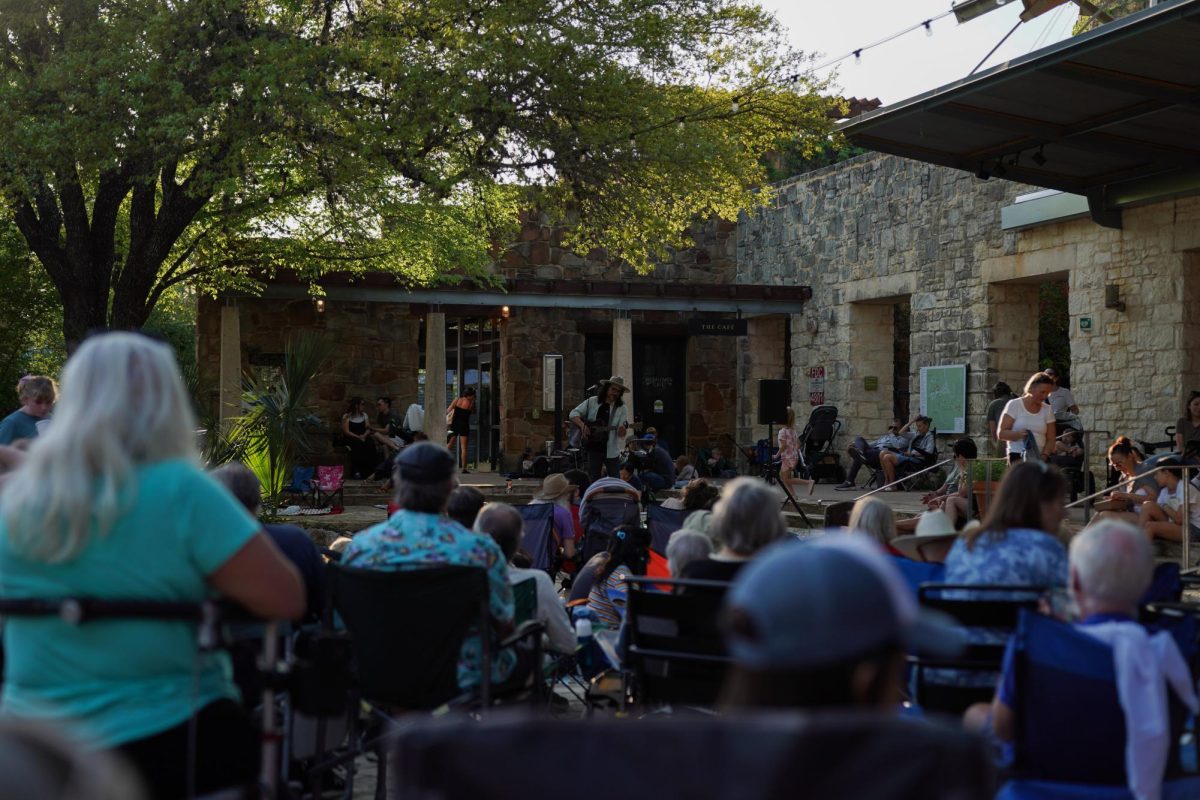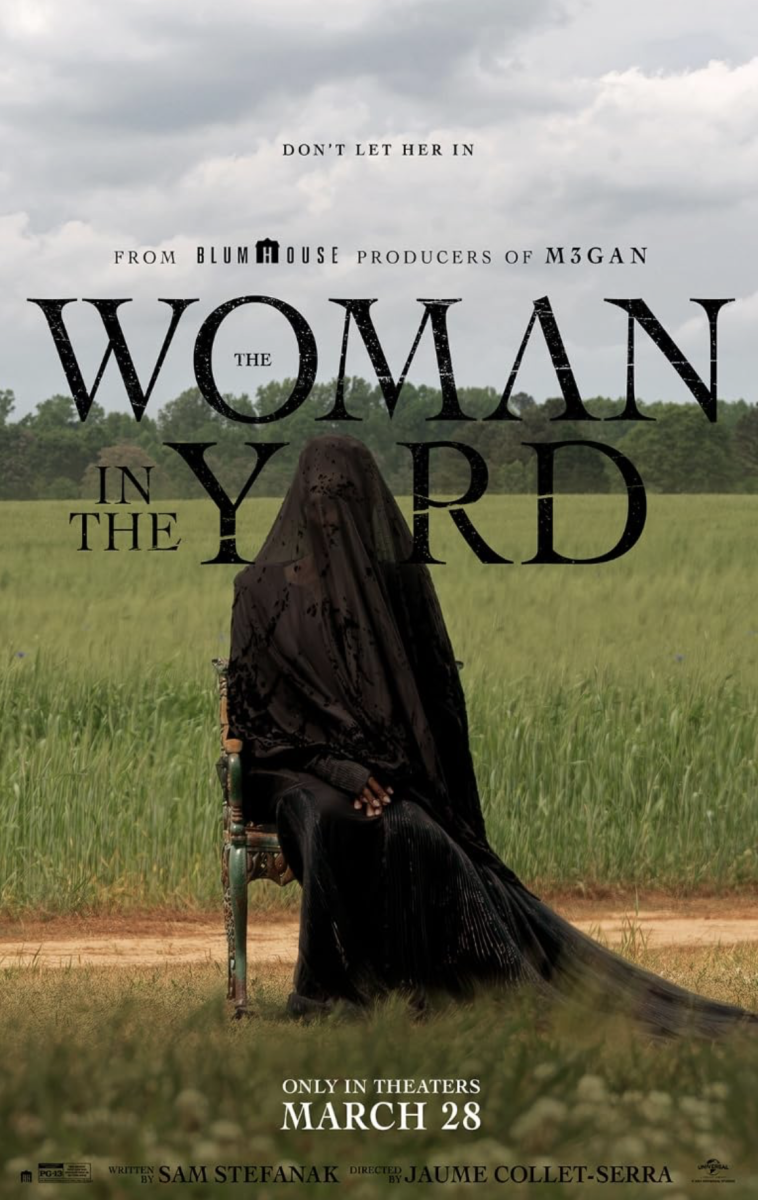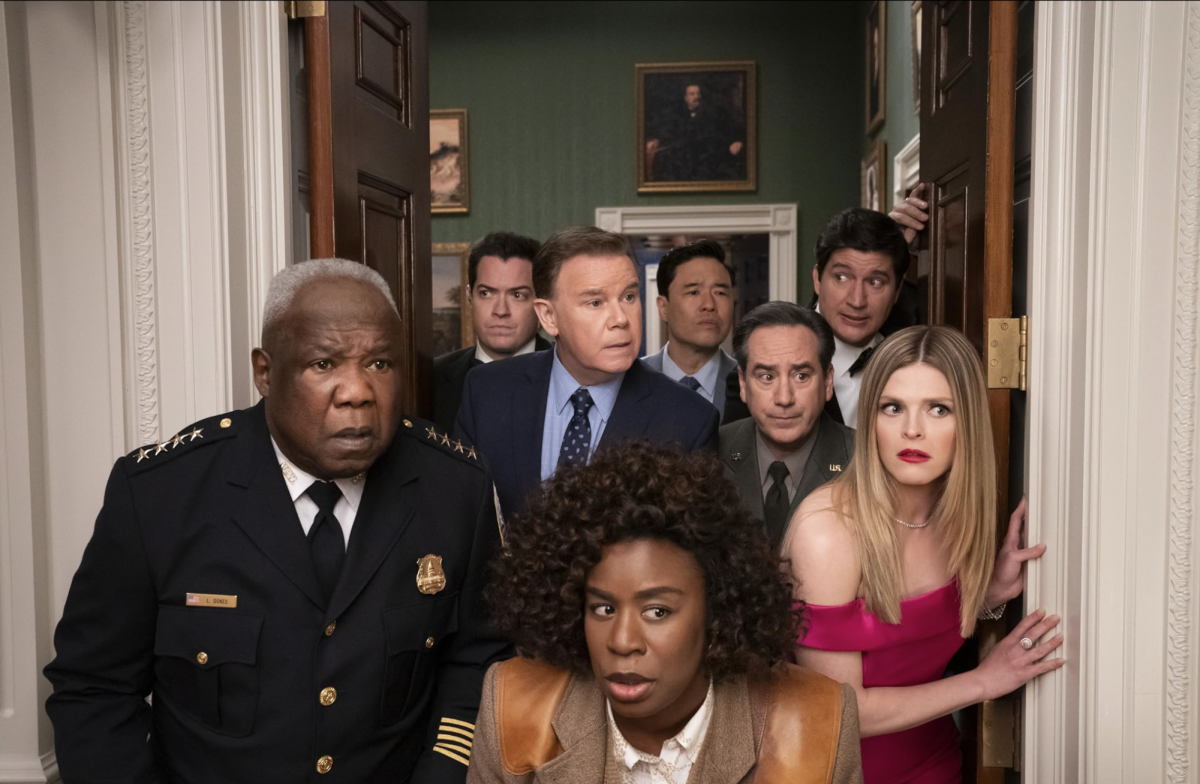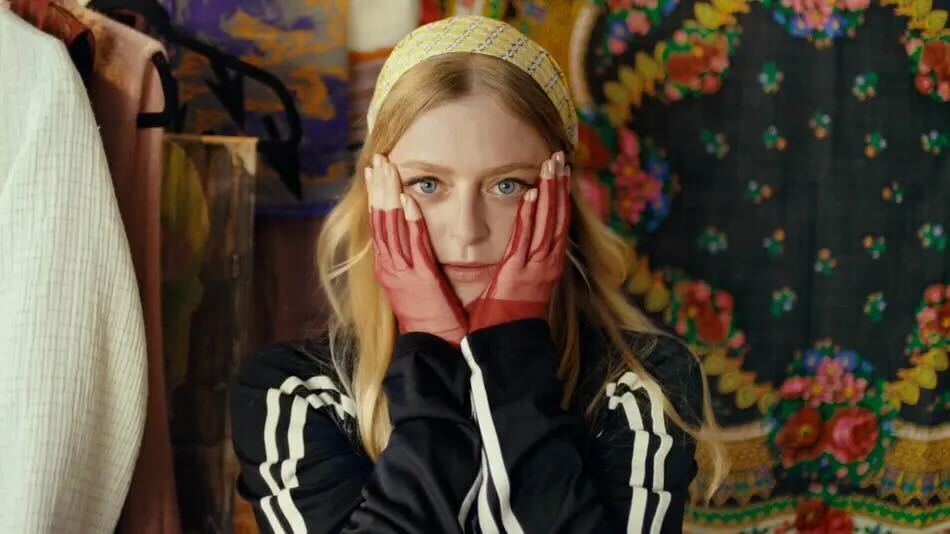A barren forest lurks behind the home of a 17th century Puritan family. It is eerily still, ominously quiet.
Something evil stirs within the woods, an evil that dominates the story of the deeply unsettling “The Witch.” The impressive debut of writer-director Robert Eggers, this horror picture is a triumph of casting, atmosphere and detail-oriented filmmaking that explores the dangerous power of religious hysteria and superstition.
It is implied that religious disagreement causes a New England plantation to exile the protagonist family, forcing the clan to settle in the unforgiving wild. The father, William (Ralph Ineson), struggles to fulfill the role of a patriarch and provide for his family as winter approaches.
The situation worsens when his infant son disappears while playing with his eldest daughter, the innocent Thomasin (Anya Taylor-Joy). His wife, Katherine (Kate Dickie), laments the loss and begins to resent Thomasin. Only Thomasin's eldest brother, Caleb (Harvey Scrimshaw) faithfully sticks by her side.
Meanwhile, the family’s twins, spoiled brats Jonas (Lucas Dawson) and Mercy (Ellie Grainger) who have formed a bizarre attachment to their farm’s black goat, begin to believe Thomasin is a witch.
Eggers doesn't leave it up in the air whether Thomasin is responsible for Samuel's disapperance: he shows the witch within the first ten minutes. Instead, he makes this a question for the characters, focusing on how the witch’s actions intensify the parents’ religious devotion. William and Katherine believe they must appease God and reject the Devil in order to save their family, but they only end up driving wedges between them and their children.
Oftentimes, “The Witch” is more of a psychological thriller than a supernatural horror film, and the scariest part of it is not the evil of witchcraft but the evil that desperate, deluded humans are capable of inflicting upon each other.
The moments when the film affords attention to the witch are brief. There are glimpses of a Satanic ritual bathed in shadow and the witch is rarely seen in the flesh. Rather, Eggers relies on Mark Korven’s aggressive, cacophonous score, which consists of ear-scratching strings and deafening choral crescendos, to constantly suggest her presence.
Further underscoring this is the presence of Satanic symbols, from the black goat to a bloody, bitten apple that recalls “Paradise Lost.” Eggers demonstrates a comprehensive knowledge of these religious horror tropes and employs them to effective degree.
The cast is more than up to the task of supporting the film’s excellent direction. Taylor-Joy is a revelation as Thomasin, carrying the picture with an honest and confident performance. She has a magnetic quality that will undoubtedly earn her bigger roles in the coming years.
Ralph Ineson and Katie Dickie commit themselves to emotionally and physically demanding roles, while Harvey Scrimshaw does adult-level work as Caleb. In a scene where he has been possessed, Scrimshaw gives audiences a chilling show that some more experienced actors could never hope to.
From top to bottom, “The Witch” has an extraordinary level of detail in terms of production design and narrative construction. The characters’ authentic dialogue is drawn from 17th century sources, and the costumes and settings are highlighted by Jarin Blaschke’s impressive camerawork. Eggers also plays around with several motifs that have strong payoffs during the last act. These motifs include William’s constant chopping of wood to the twins’ obnoxious behavior.
“The Witch” is an intense, gripping vision of horror by the masterful Eggers, who expertly employs his actors, symbols and setting to deliver an artistic and affecting take on religious and supernatural evil. This is arthouse horror done right.
Title: “The Witch”
Director: Robert Eggers
Running Time: 90 minutes
Score: 10/10 Black Goats

